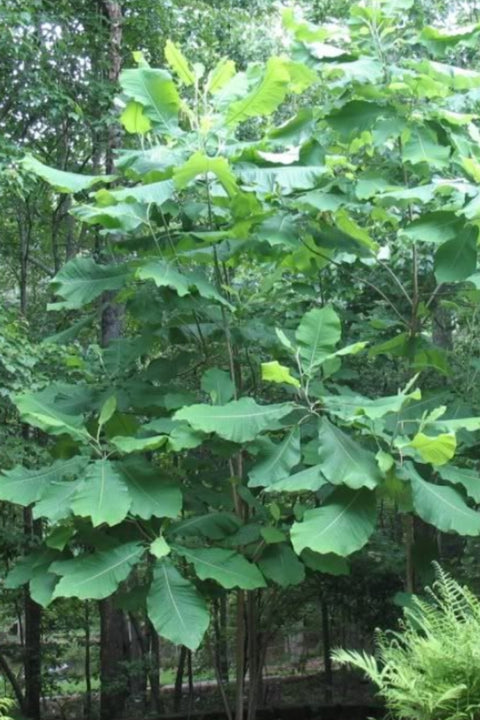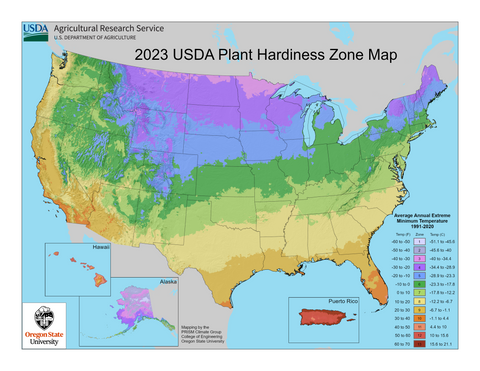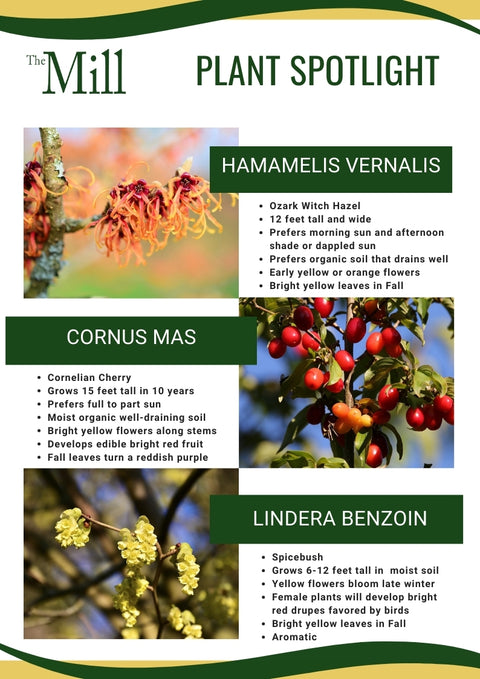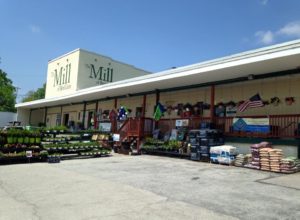Magnolia tripetala, commonly known as the Umbrella Magnolia, is an example of the understated beauty and resilience of native woodland flora. This native species, characterized by its large oval shiny leaves and distinct growth habit, adds a touch of elegance to shaded landscapes while providing essential habitat and sustenance for local wildlife. This deciduous tree is indigenous to the Eastern US, populating areas of the Appalachian and Ozark ridges.
One of the most notable features of Magnolia tripetala is its large oval leaves, which emerge in whorls at the tips of its branches. These glossy foliage clusters

create a striking visual display, adding depth and texture to the landscape. The tree's unique growth habit, resembling an umbrella with its layered canopy, further adds to its charm and allure. Beyond its ornamental value, the Umbrella Magnolia plays a vital role in local ecosystems. Its flowers, though having a slightly unpleasant odor, are a valuable food source for pollinators, attracting bees, butterflies, and other beneficial insects. Additionally, the tree's seeds provide nourishment for songbirds and mammals, contributing to the biodiversity of woodland habitats.
The preferred natural habitats of the Umbrella Magnolia are locations with moist soil and partial shade, making it an ideal candidate for woodland gardens or shaded corners of landscapes. With proper care, this magnificent tree can reach heights of 25-30 feet tall and wide, creating a striking presence in its surroundings. One of the remarkable traits of Magnolia tripetala is its resilience to adverse weather conditions. Unlike some magnolia species, which may be susceptible to late frosts, the blooms of the Umbrella Magnolia typically remain unaffected, gracing the landscape with their presence in May. This resilience makes it a reliable choice for gardeners seeking a low maintenance yet striking addition to their gardens.
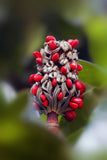
For those looking to cultivate the Umbrella Magnolia, providing well-drained, moist soil and partial shade are key considerations. Hardy in zones 5-8, this species requires minimal pruning and maintenance once established, making it an excellent choice for novice and experienced gardeners alike. Its unique appearance and ecological benefits make it a great candidate for woodland gardens or naturalized landscapes, enriching both the aesthetic appeal and ecological integrity of the surrounding environment. In a world filled with conventional garden choices, Magnolia tripetala stands out as a distinctive and unusual small tree option for woodland gardens. Its elegant foliage, interesting growth habit, and ecological value make it a valuable addition to any landscape.


